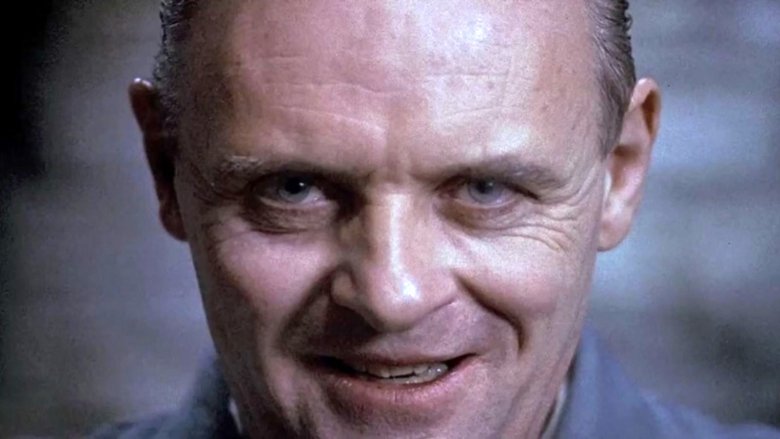Films turn us all into voyeurs. When the cinema goes dark, we watch other people’s lives. We don’t even question it, because it’s fiction after all. Here, voyeurism has become acceptable. Cinema, especially the horror genre, caters to the male gaze. Teen slasher flicks, psychological horror, and monster movies have a higher proportion of female victims. But, in the hands of a great director and cinematographer subtle shifts in camera work can help put the agency back in the hands of women. They’re imperceptible shifts for most of us until someone points them out. The following video essay demonstrates how director, Jonathan Demme, and cinematographer, Taki Fujimoto use camera angles in The Silence of the Lambs to subvert the male gaze so inherent in horror films and make us, subconsciously, side with Clarice Starling.
The horror genre has a long tradition of supporting the male gaze. As the video explains, the director and cinematographer always assume the person watching is male. So, the female is traditionally framed by camera angles that make her disempowered and emphasize her as the victim. When the tilt of a camera isn’t employed to make that suggestion, the voyeur (you and me) often see the female victim through the killer’s eyes.
Seeing through the killer’s eyes is still used in The Silence of the Lambs, in scenes featuring Buffalo Bill. But the film does something new that is unsettling to us. When Hannibal “the Cannibal” Lecter is looking at Clarice Starling, he is looking directly at the camera, almost breaking the fourth wall. It’s as if Hannibal is looking at us, just as he looks at Clarice. This recognition happens subconsciously for the most part. And the uneasiness is certainly accentuated by Anthony Hopkins’s unflinching and unblinking gaze. (He apparently stared in a mirror for hours a day to train himself not to blink).
When Lecter’s eyes stare directly at the camera, we subconsciously make a connection with Clarice. We sympathize with her.
Another uneasy relationship is established between the predatory killers and the other men in the film. Starling is not only gazed upon by killers like Lecter and Buffalo Bill, but also by the policemen, male doctors, and even her boss, Jack Crawford. Once again their gaze is made directly into the camera. At us. The male gaze is turned on us deliberately. Our own voyeuristic gaze has been turned back on us. We know, even if it’s only at a subconscious level, how Clarice feels in this chauvinistic man’s world.
But rather than being the victim or the object, Clarice is the subject. She is the point of view character and the moral center of The Silence of the Lambs. The whole film centers on Clarice: her courage in the face of fear, her ability to forge ahead through the sexist environment of law enforcement, and ultimately her intelligence that leads to the apprehension of Buffalo Bill and saving his last victim from certain death (Even Bill’s victim is given more agency than in the standard slasher flick).
As the video shows, Clarice always looks slightly off camera to distinguish her gaze from the men in the film. Thus, the long tradition of the male gaze (and it’s accompanying tropes) is subverted.
